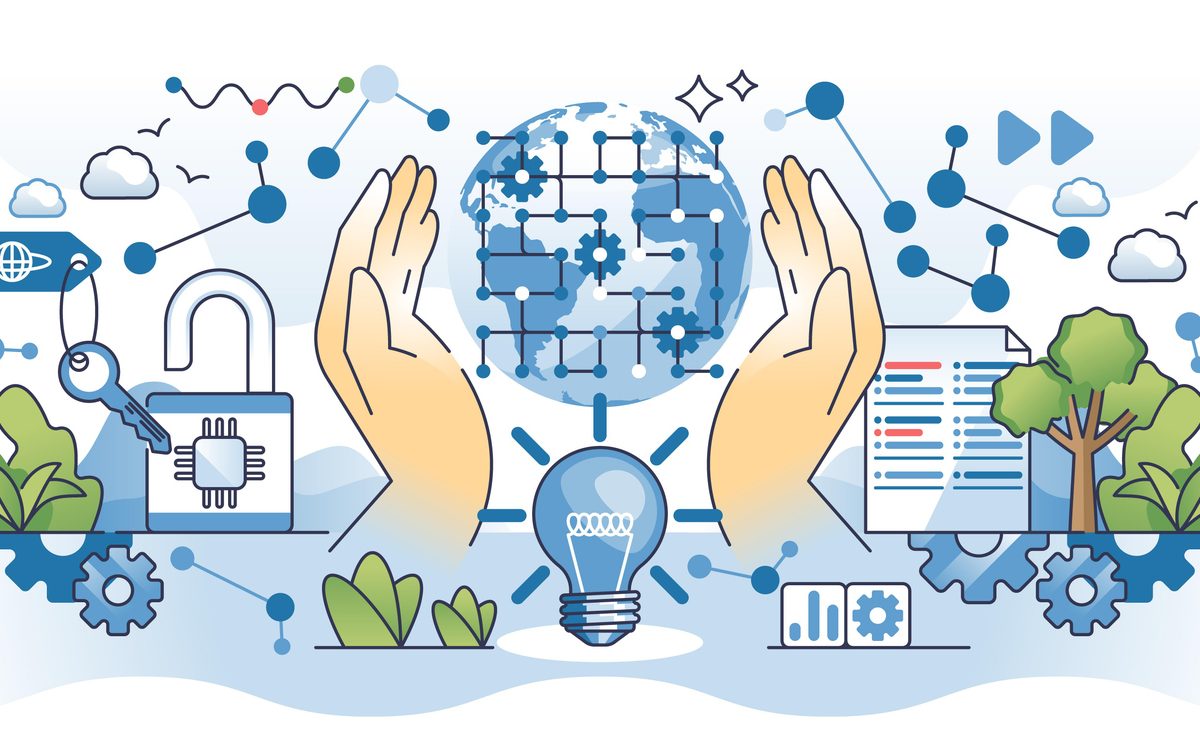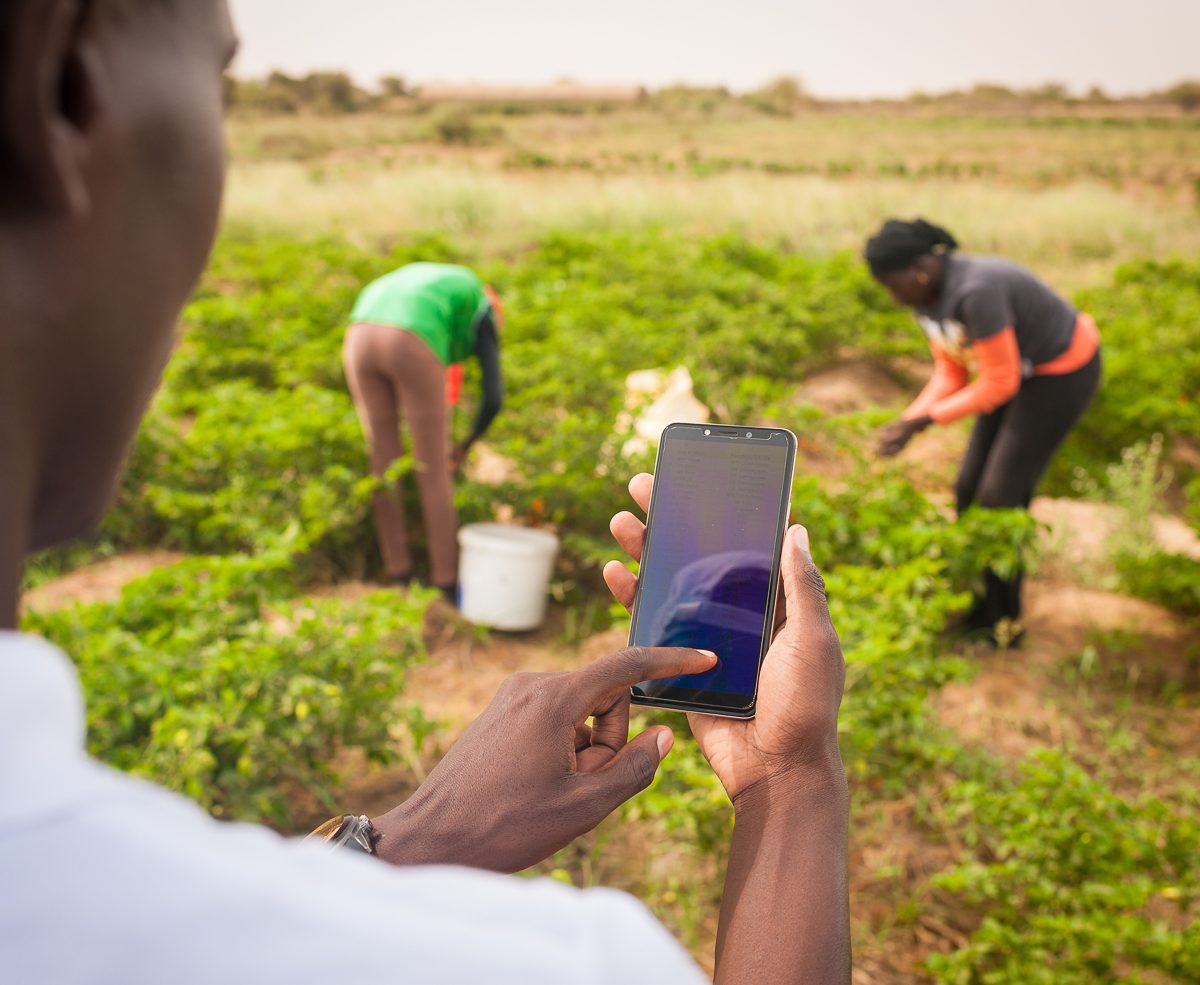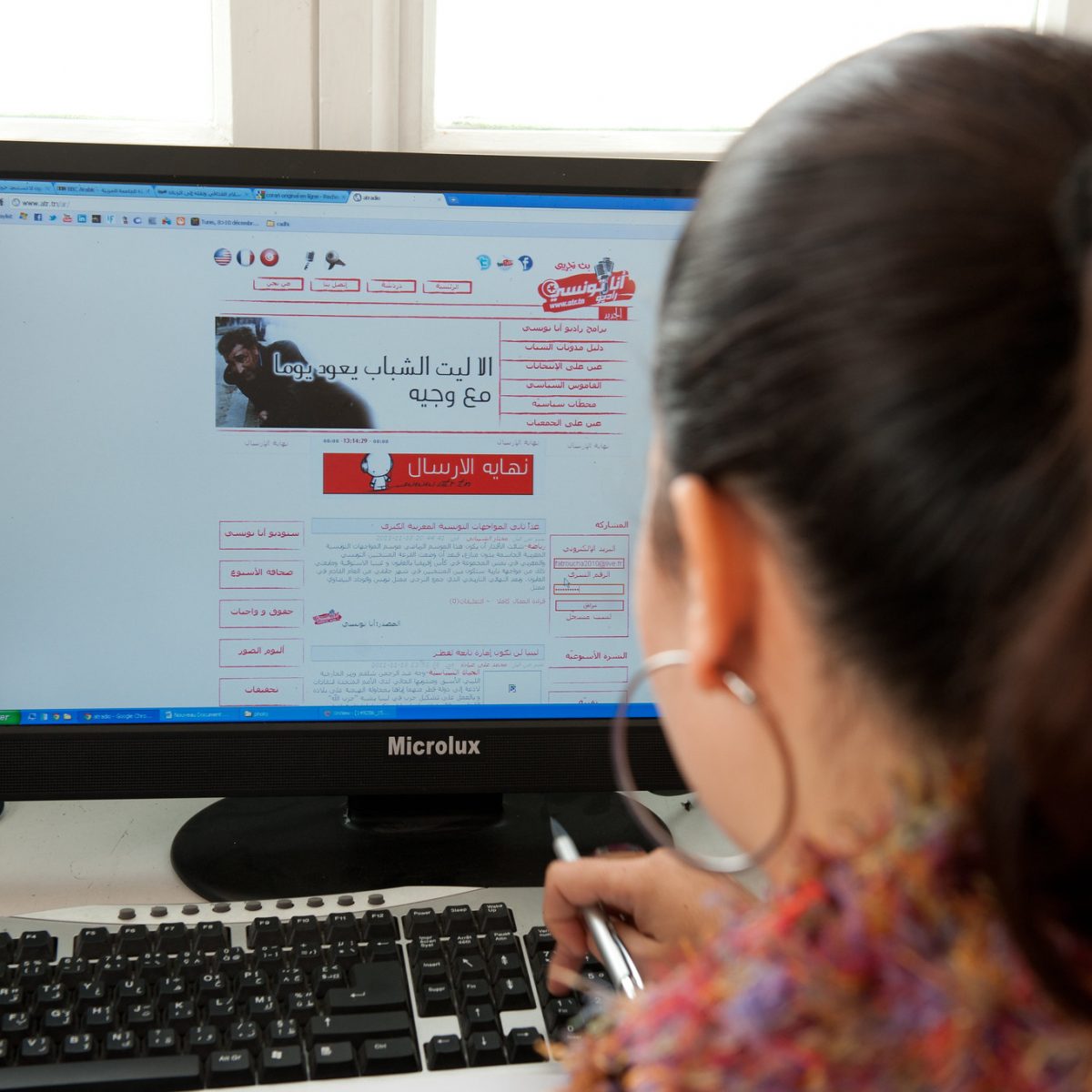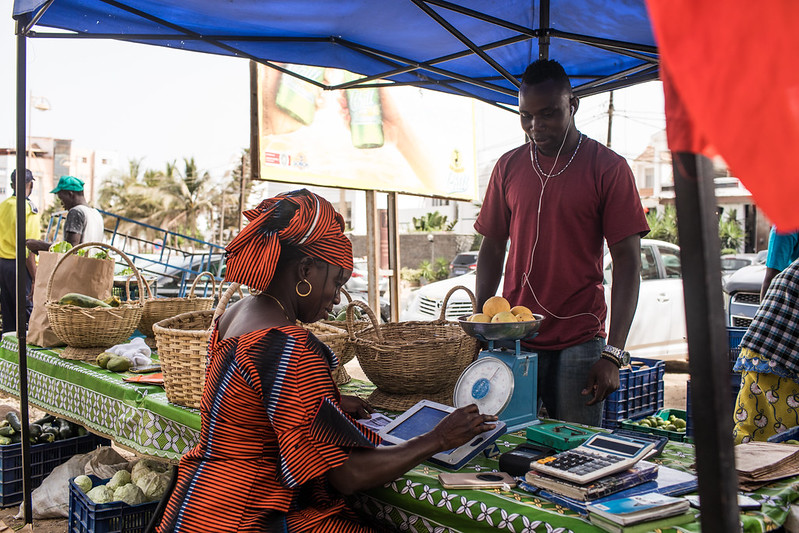Posts focused on Digital Public Infrastructure

Why Africa Will Define the Next Decade of Digital Public Infrastructure
As the global conversation shifts from frameworks to delivery, this blog reflects on why Africa will define the next decade of Digital Public Infrastructure (DPI), drawing on insights from the Global DPI Summit and years of on-the-ground experience.

Digital Sovereignty & Open-Source: The Unlikely Duo Shaping DPI
In 2025, digital sovereignty and open source have become an unlikely duo, opening paths to more resilient DPI. This blog reflects on the value of open-source data exchange and the conditions needed to enable it.

Digital Transformation for Public Value: Development Gateway’s Insights from Agriculture & Open Contracting
In today’s fast-evolving world, governments and public organizations are under more pressure than ever before to deliver efficient, transparent services that align with public expectations. In this blog, we delve into the key concepts behind digital transformation and how it can enhance public value by promoting transparency, informing policy, and supporting evidence-based decision-making.

Demystifying interoperability: Key takeaways from our new white paper
This blog post gives an overview on our latest paper on interoperability, implementing interoperable solutions in partnership with public administrations. Based on over 20 years of DG’s experience, the paper demystifies key components needed to build robust, resilient, and interoperable data systems, focusing on the “how” of data standardization, data governance, and implementing technical infrastructure.

Mythbusters: Digital Public Infrastructure & Digital Public Goods
Although the international community has just now reached consensus on what digital public infrastructure is, there are still a lot of myths and misperceptions around the term, and the open-source technology that often powers it. In this blog, we’ll debunk some common myths we hear about DPI with facts, highlight some successes and failures, and show you some of the open-source DPI tools we’re following.

Five Insights on Country-Led Digital Public Infrastructure Systems to Create a Cohesive Approach throughout Africa
Drawing from Development Gateway: An IREX Venture’s work in implementing country-specific digital solutions that support a cohesive approach across a given region or continent, we have identified five insights on how to go about implementing digital public infrastructure systems at the country-level while having a cohesive approach throughout Africa.

Advancing Digital Public Infrastructure: Emerging Practices for Creating Sustainable, Inclusive Systems at Scale
From DG’s more than 20 years of experience in creating, delivering, and adapting open source and open data solutions, we’ve learned several best practices on how to make technology accessible and sustainable while prioritizing engagement from open source communities—these practices can be applied to building and implementing DPIs. In this blog, we’ll explore what DPI is, DG’s approach to DPI, and three best practices that can be used to ensure DPIs are effective and advance inclusion.